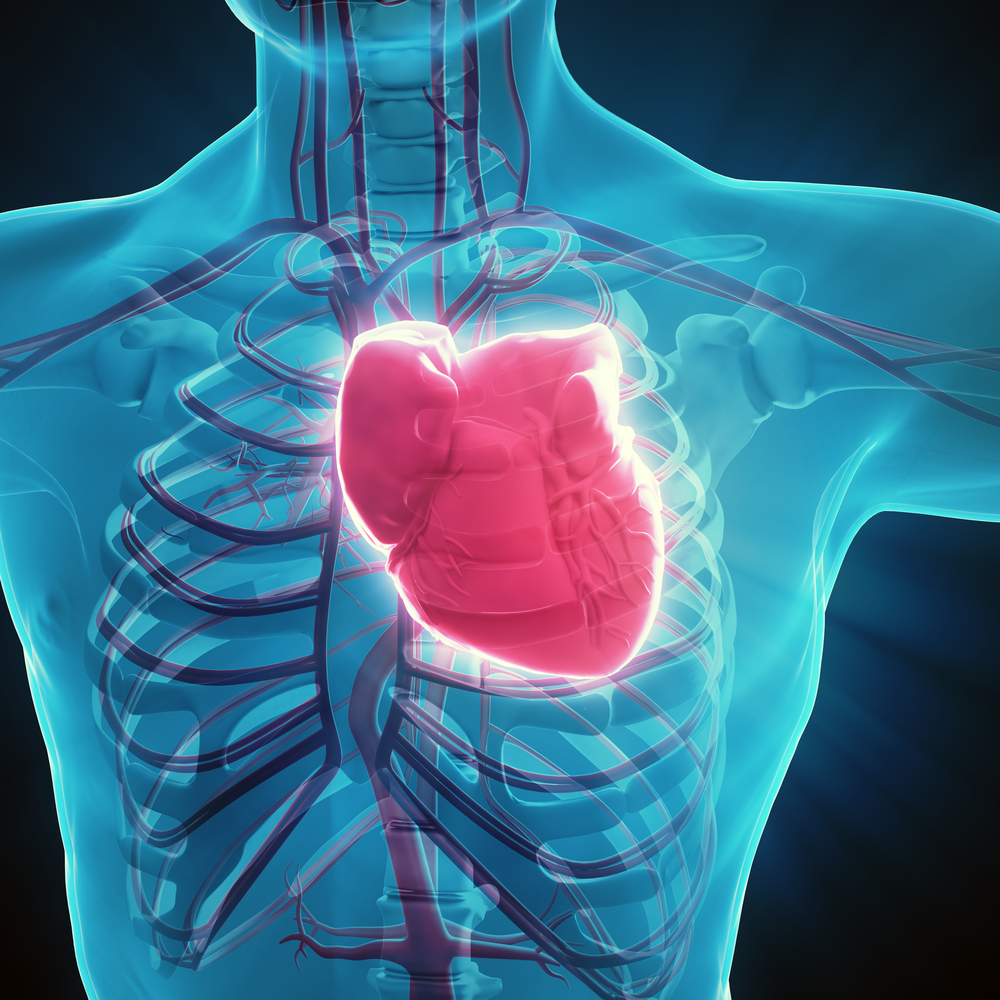Ultrasound is the technology utilized for sonograms that allows the examination of the heart and, according to researchers from Drexel University, can augment the rate at which heart cells beat. These results were revealed in a scientific paper entitled “Ultrasound-Induced Modulation of Cardiac Rhythm in Neonatal Rat Ventricular Cardiomyocytes,” published in the Journal of Applied Physiology, where scientists report that ultrasound settings can alter the frequency of cardiac cells’ beat.
Conditions such as heart beat irregularities are a real life-threatening condition that requires urgent treatment to avoid serious damage of the organs and death. The methods currently available to maintain and restore the heart rate are invasive and consist of electrodes placed surgically or through the veins.
As a non-invasive method, Ultrasound is a very attractive alternative; it can be applied without any surgery and would allow patients to avoid complications that might result from surgery. Previous research projects have revealed that ultrasound, when used at a high enough intensity, can not only cause premature contractions but also synchronize beating heart cells, suggesting the great feasibility of an ultrasound pacemaking device.
“While at present it is unclear if prolonged capture and pacing of the myocardium with acoustic energy is possible, such technology would greatly impact the clinical practice of cardiology. Acute cardiac pacing with ultrasound could be utilized for temporary pacing in both emergency and non-emergency settings,” including emergency life support for those that suffered sudden cardiac arrest and heart attack, noted the researchers. “This device would be completely extracorporeal, avoiding the morbidity associated with transvenous pacemakers and surgically placed epicardial leads,” they added.
The goal of the project was to assess both the ultrasound pulse duration and intensity that could alter the rate of heart cells’ beats. Through a custom-made ultrasound probe designed to deliver ultrasonic waves into cells, scientists found that the lowest intensity they tested, 0.02 W/cm2 given at 1 msec-long pulses every 300 msec, augmented the frequency of cardiac cells’ beat in rat neonatal cardiac cells.
“Ultrasound-induced stimulation of cardiomyocytes may prove to be a practical, non-invasive clinical tool for capturing and pacing the myocardium in both emergent and non-emergent settings,” the researchers concluded.


